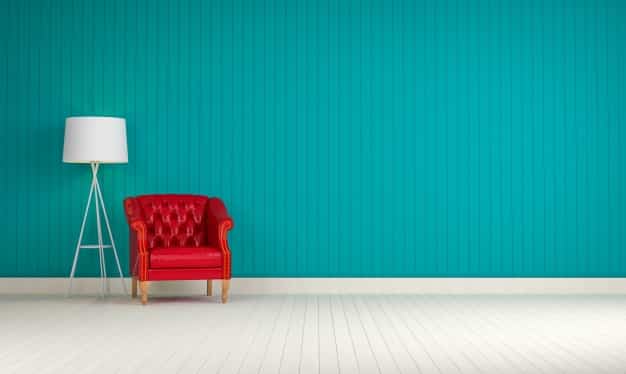In a world where interior design is becoming increasingly important, the psychology of color has gained a prominent place in our daily lives. Recent studies have confirmed that the colors we choose to decorate our walls can significantly influence our emotions and mood, affecting everything from our productivity to our tranquility.
Experts in environmental psychology argue that colors not only impact the aesthetics of a space, but also have the power to evoke instant emotional responses. For example, blue is known for its ability to reduce anxiety and promote a sense of calm. Many offices and medical offices opt for this color to create a serene and focused environment.
On the other hand, warm tones such as red and yellow are often associated with energy and creativity. A study conducted by the University of John Moores in Liverpool found that spaces painted in these colors can stimulate brain activity, making them a popular choice for meeting rooms or creative work areas. However, red can also generate a feeling of restlessness if used excessively, so balance is key.
Green, a color that evokes nature, has been associated with renewal and mental peace. This color is commonly used in rest areas and meditation spaces, as it promotes a comforting and revitalizing atmosphere. Research suggests that spending time in environments decorated in green tones can improve our concentration and decrease stress.
In addition, neutral colors like beige and gray offer a blank canvas that can adapt to various emotions depending on the decorative elements added. These tones are often chosen to create versatile and sophisticated spaces, but can feel cold and unwelcoming if not properly combined with other colors or textures that bring warmth.
The design industry has begun to implement these findings in their projects, aiming to create environments that are not only visually appealing, but also respond to the emotional needs of those who inhabit them. From hospitals to homes, color selection has become a strategic tool in the construction of spaces that promote well-being.
In conclusion, the influence of colors on our emotions is a topic that deserves careful consideration, especially at a time when we spend so much time in designed spaces. Choosing the right color for the walls can mean a small but significant improvement in our quality of life, helping us to create environments that not only represent us, but also nurture our emotional well-being.
via: MiMub in Spanish












